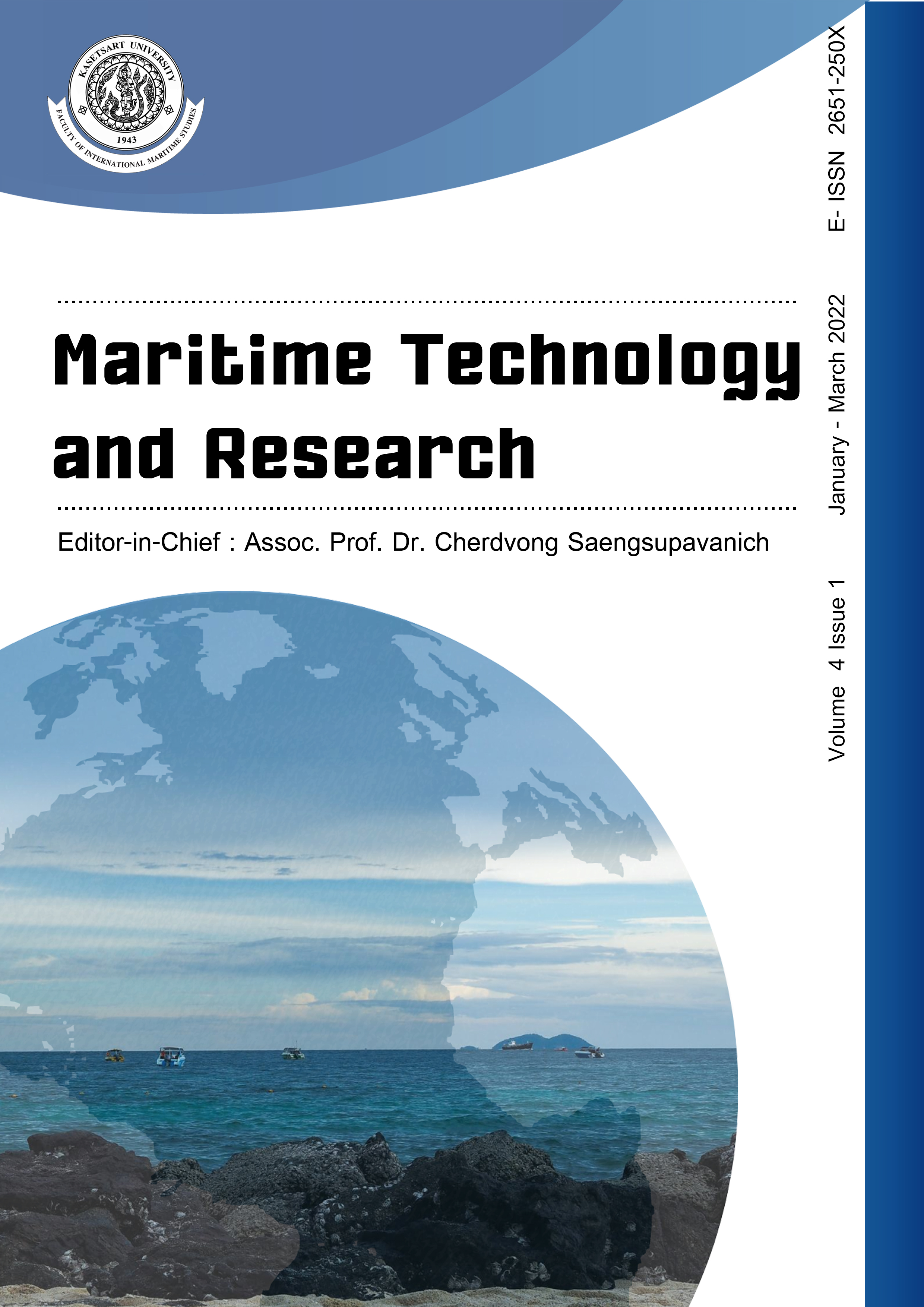Fundamental issues in Japan’s coastal management system for the prevention of beach erosion
DOI:
https://doi.org/10.33175/mtr.2022.251788Keywords:
Beach erosion, Wave-sheltering effect, Wave diffraction, Longshore sand transport, Coastal management systemAbstract
When an offshore or port breakwater is constructed on a coast, beach erosion often occurs on nearby beaches of the breakwater, due to the wave diffraction effect of the breakwater; this is associated with the formation of a wave-shelter zone, because longshore sand transport is triggered from outside to inside the wave-shelter zone. Similarly, when unidirectional longshore sand transport is blocked by a breakwater, beach erosion will occur downcoast. In these cases, longshore sand movement is the key factor; However another aspect has arisen from the management system of the land near a coast subject to such longshore sand movement. In Japan, the management of coastal land is under the jurisdiction of several agencies. When sand is transported alongshore across 2 management areas, the sand rights belong to the agency administrating the area to which the sand is deposited, and the agency administrating the area from which the sand originated has no rights. Thus, this leads to uncoordinated solutions to erosion problems, because longshore sand can freely move across the boundaries of coastal management areas. In this study, these issues were studied through real examples. Even though the accuracy of the predictive model of beach changes was increased, implementing fundamental changes for coastal conditions is difficult when this issue is as unsolved as it is.
------------------------------------------------------------------------------
Cite this article: Uda, T. (2022). Fundamental issues in Japan’s coastal management system for the prevention of beach erosion. Maritime Technology and Research, 4(1), 251788. https://doi.org/10.33175/mtr.2022.251788
------------------------------------------------------------------------------
References
Dean, R. G., & Dalrymple, R. A. (2002). Coastal processes with engineering applications (pp. 1-475). Cambridge, UK: Cambridge University Press.
Kainuma, M., Hakamata, M., Toda, A., Uda, T., & Ishikawa, T. (2018). Analysis of beach changes around Fukude fishing port due to blockage of eastward longshore sand transport (in Japanese). Coastal Engineering, 74(2), 671-676. https://doi.org/10.2208/jscejoe.74.I_665
Kumada, T., Uda, T., & Liu, J. J. Y. (2012). Beach changes around Dawu fishing port in Taiwan caused by obstruction of longshore sand transport and measures. Coastal Engineering Proceedings, 32(1), 118. https://doi.org/10.9753/icce.v33.sediment.118
Noshi, Y., Uda, T., Date, A., Thoa, L. T. K., & Kobayashi, A. (2019). Beach erosion triggered by spatial imbalance of longshore sand transport in Phan Thiet, Vietnam (pp. 377-384). In Proceedings of the 10th International Conference on Asian and Pacific Coasts. Hanoi, Vietnam. https://doi.org/10.1007/978-981-15-0291-0_53
Silvester, R., & Hsu, J. R. C. (1993). Coastal stabilization (p. 578). Englewood Cliffs, New Jersey: Prentice Hall.
Uda, T. (2017). Japan’s beach erosion: Reality and future measures (p. 530). 2nd ed. World Scientific, Singapore.
Uda, T., Kikuchi, S., Kawamata, M., Ohtani, Y., & Serizawa, M. (2020). Long-term prediction of beach changes on Kashimanada coast (in Japanese). Coastal Engineering, 76(2), 511-516. https://doi.org/10.5772/intechopen.85207
Uda, T., Onaka, S., & Serizawa, M. (2015). Beach erosion downcoast of Pengambengan fishing port in western part of Bali Island. Procedia Engineering, 116(1), 494-501. https://doi.org/10.1016/j.proeng.2015.08.318
Uda, T., Serizawa, M., & Miyahara, S. (2018). Morphodynamic model for predicting beach changes based on Bagnold’s concept and its applications (p. 188). London, UK: InTec.
Downloads
Published
Issue
Section
License
Copyright (c) 2021 Maritime Technology and Research

This work is licensed under a Creative Commons Attribution-NonCommercial-NoDerivatives 4.0 International License.
Copyright: CC BY-NC-ND 4.0








